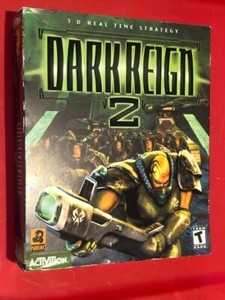
For this interior, a multiplier of 4 and a pale orange hue for color where all what I needed. Since in real life this type of lighting fixture casts a subtle area shadow, the most suitable for the job is a planar vray light. In this particular case I have changed the color temperature to 4950 K in the “Intensity/Color Attenuation” rollout and obtained the following result:Ģ) In the next step, we will add light to the pendant in the ceiling. I started with a “recessed 75 W wall wash” template that comes with 3ds max kit, but you can use any IES file you like and tweak the parameters until you like what you see. In this interior I will use 3 types of artificial lights: spotlights – that will give a sharp shadow, indirect light (where the wall meets the ceiling) and a smooth light coming from the large pendant in the ceiling.ġ) For the spotlights I almost always use photometric lights, so this will be no exception. Regarding the color of the light, choose a hue that is predominant in the color of the sky of your background image, so that it will blend well with the rendering.Īfter doing these steps, I ended up with the following image:Īt this point we have enough natural light in the scene, so it’s time to go to the next step.

Use the scale (and non-uniform scale) tool until the gizmo spreads to about ½ of the room, like in the screen capture bellowįor the intensity multiplier, you can choose a value around 0.35, depending on the scene. We can achieve this by placing an omni light just outside the windows, with inverse square as decay type, and “ambient only” ticked in the “Advanced Effects” rollout. What we need to do in this case is to place a light that will affect ONLY the ambient, without affecting the diffuse or the specular. If we increase the GI multiplier we will end up with areas that receive too much illumination for a night rendering. If you do a test rendering at this point, you should obtain a result similar to the one bellow.Īs you can see, that is by far not enough. In order to mimic that effect, the first thing to do is to check the “GI environment (skylight) override”, leave the multiplier to “1” and chose a dark blue for color. Natural light that comes through the window, although it has a lot less intensity than at day time, it is considerably more saturated (in shades of blue). Many would be tempted to say that an interior scene at night time doesn’t receive any natural illumination that couldn’t be more false. The key to obtaining a realistic architectural rendering of an interior at night is the color variation in the light. 3) Chose “Reinhard” in the v-ray color mapping rollout, with the multiplier to 1.5 and burn value to 0.8 1) Check “on” in the vray global illumination rollout 2) Chose irradiance map with low preset for the primary bounce (you will keep this only for test rendering this should be changed to “high” before hitting the high resolution rendering) and lightcache for the secondary bounce.

the answer is simple… if you do that, all the reflective materials in the scene will look transparent, unless you use a spherical environment, and not a planar one.īefore starting to place lights in the scene, I usually make general rendering settings. You may ask why you need to map the image on a plane and not simply drop it in the environment slot. Try to find a picture that is rich in colors, with shades of blue for the sky instead of black.Ģ) Create a plane and place it at the exterior, perpendicular to the camera, like in the picture bellow.ģ) Apply a vray light material, and map the photo to it. This is a follow-up of the Night Exterior Rendering Tutorial that I have written a while ago, so if you haven’t checked that one already, I advice you to read it before this one.ġ) For the first step of this tutorial you need to choose a photo for the background.


 0 kommentar(er)
0 kommentar(er)
